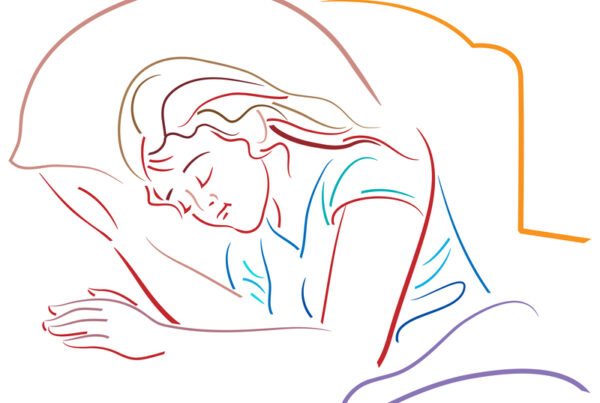Halloween may seem like a random day of fun and spooky fantasy, but the folklore behind the holiday is steeped in medical mystery!
With the help of MDLinx, we’ve taken a closer look at some of our favorite freakish characters and what possible medical conditions gave rise to their legendary Halloween narrative.
Sink your teeth into this one….
While counts vary, the dermatologic condition of porphyria cutanea trade (PCT) may be at the origins of vampires.
PCT is a photosensitivity, that leaves blisters on skin exposed to sunlight. Those with PCT would have subsequent skin pallor as a result of avoiding the daylight. What’s more the skin surrounding the mouth, if tightened by sun damage, might retract. This would make teeth more prominent. Additionally, the urine of a PCT patient is red to brown, which might have lead people to think this was because they were drinking blood. And if this isn’t the nail in the coffin: garlic is known to exacerbate symptoms of PCT!
Witch, please….
The narrative of witches is long and complicated. WebMD gives us a look, going back the the Middle Ages, when “witches” were midwives, herbalists, and even surgeons. During a time when women didn’t have much power, this was a way they could earn power. However, as they grew more powerful and bought land wanted by the men, the witch hunts of the 14th century began.
In 1692, the historical Salem hysteria came about when several young girls developed a mysterious illness that thrust them into convulsions, hallucinations, screaming outbursts, and temporary blindness. Skin lesions were deemed witches’ marks and the inflicted girls accused three women in town of bewitching them. By the end of the ordeal, 20 people had been executed for witchcraft. While the community of Salem was hard pressed for any other causes, modern researchers point to ergot poisoning due to fungus found in rye and grains. The weather, just after a cold wet winter, in rural regions is the perfect storm for outbreaks of ergotism.
This one might be a bit hairy…
Werewolves are linked to a psychotic illness, clinical lycanthropy, where patients have delusions of become an actual wolf. They begin to act like an animal, howling, snarling, and walking all fours.
A second medical condition, hypertrichosis, can explain the physical transformation. Hypertrichosis results in an abnormal amount of hair growth on the body. In a subtype of the condition, patients have thick pigmented hair all over the face and body.
To learn more about supporting a healthy lifestyle or to book an appointment with our integrative health experts, click the button below.
Schedule an Appointment








